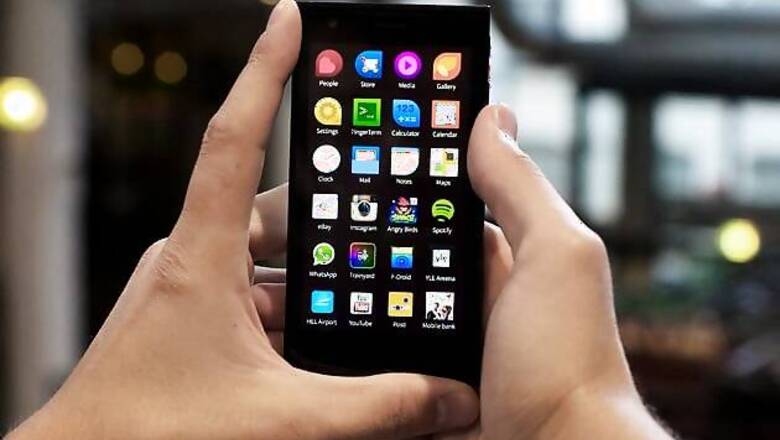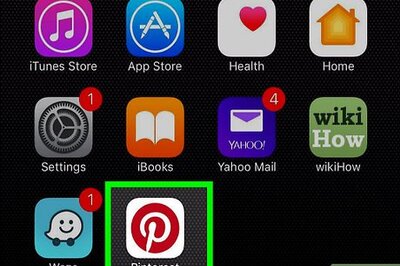
views
Sailfish is based on the Linux operating system and comes from the Finnish company Jolla (pronounced "yolla"). Former Nokia employees created Jolla after that struggling cellphone maker abandoned an in-house operating system in favour of Microsoft's Windows Phone.
There's only one phone out so far, the homonymous Jolla, which was initially available in Europe and it is now available in India via Snapdeal at Rs 16,499.
Getting a hang of the Sailfish OS takes time. It emphasises gestures over tapping. Access many functions by swiping from an edge on the screen.
The home screen has nine large rectangles, similar to an elongated tic-tac-toe board. These are filled with up to nine of your open apps, so you can instantly get to any one.
You can tap to open an app, but what's neat is you can reach a task directly by pressing gently on the rectangle and dragging your finger. For the mail app, drag from the left to create a new message, or drag from the right to refresh messages. For the phone app, drag from the left to get the dialer, or drag from the right to get your list of contacts.
This saves time once you get used to the gestures.
To close an app, you can swipe down from the top edge like a window shade. If you're already on the home screen, swipe down to lock the phone.
Swipe from the left or the right edge within an app to get the home screen. Do that from the home screen to change background, ring tones and other settings. Or if you replace your phone's back cover with a promotional cover, you get special content, such as social media feeds on Angry Birds.
Apple had introduced similar gesture controls with its iOS 7, but Sailfish goes much further.
There aren't many apps written for Sailfish yet, but Sailfish phones have a special tool for running most Android apps. You won't get some of the gesture functions, though.




















Comments
0 comment